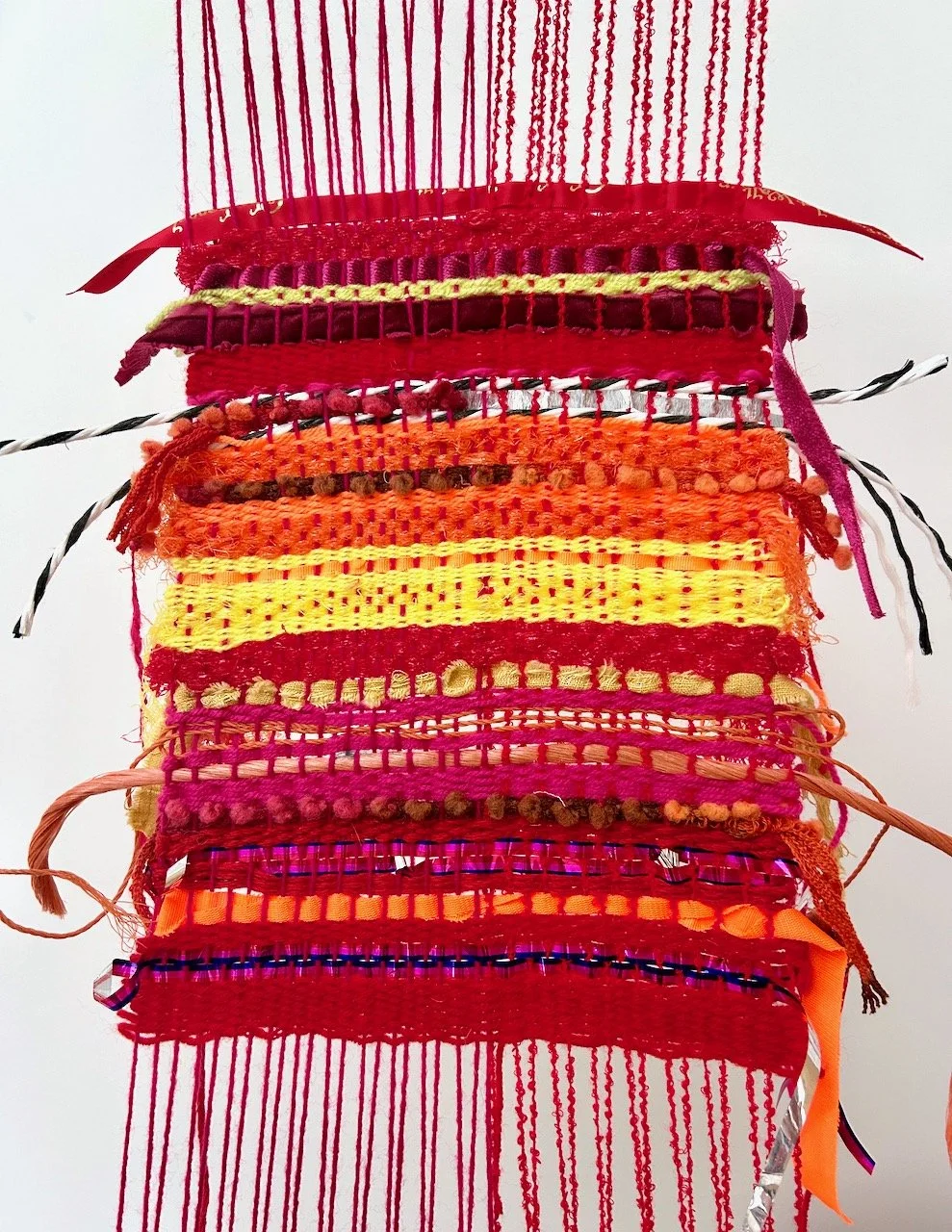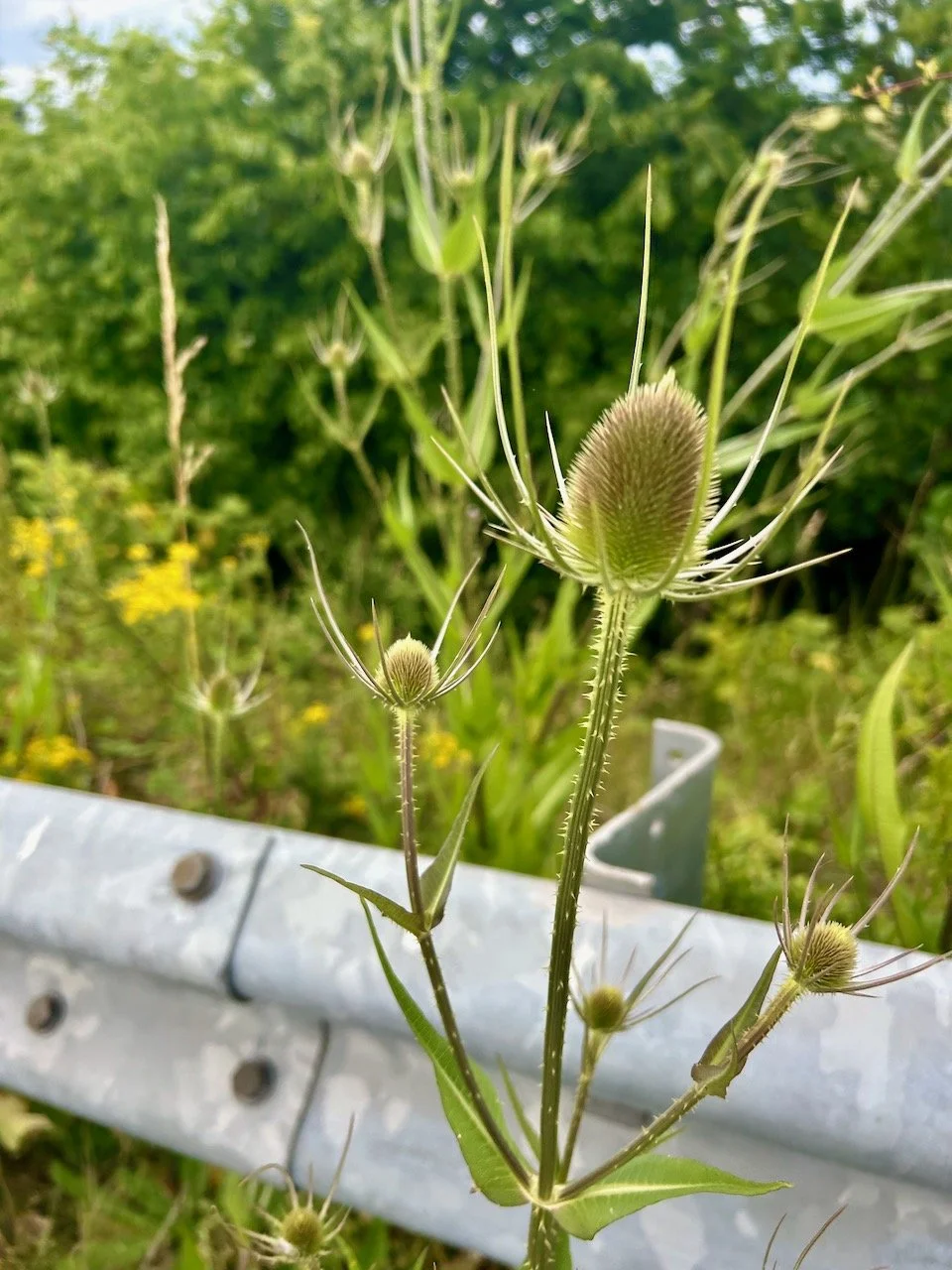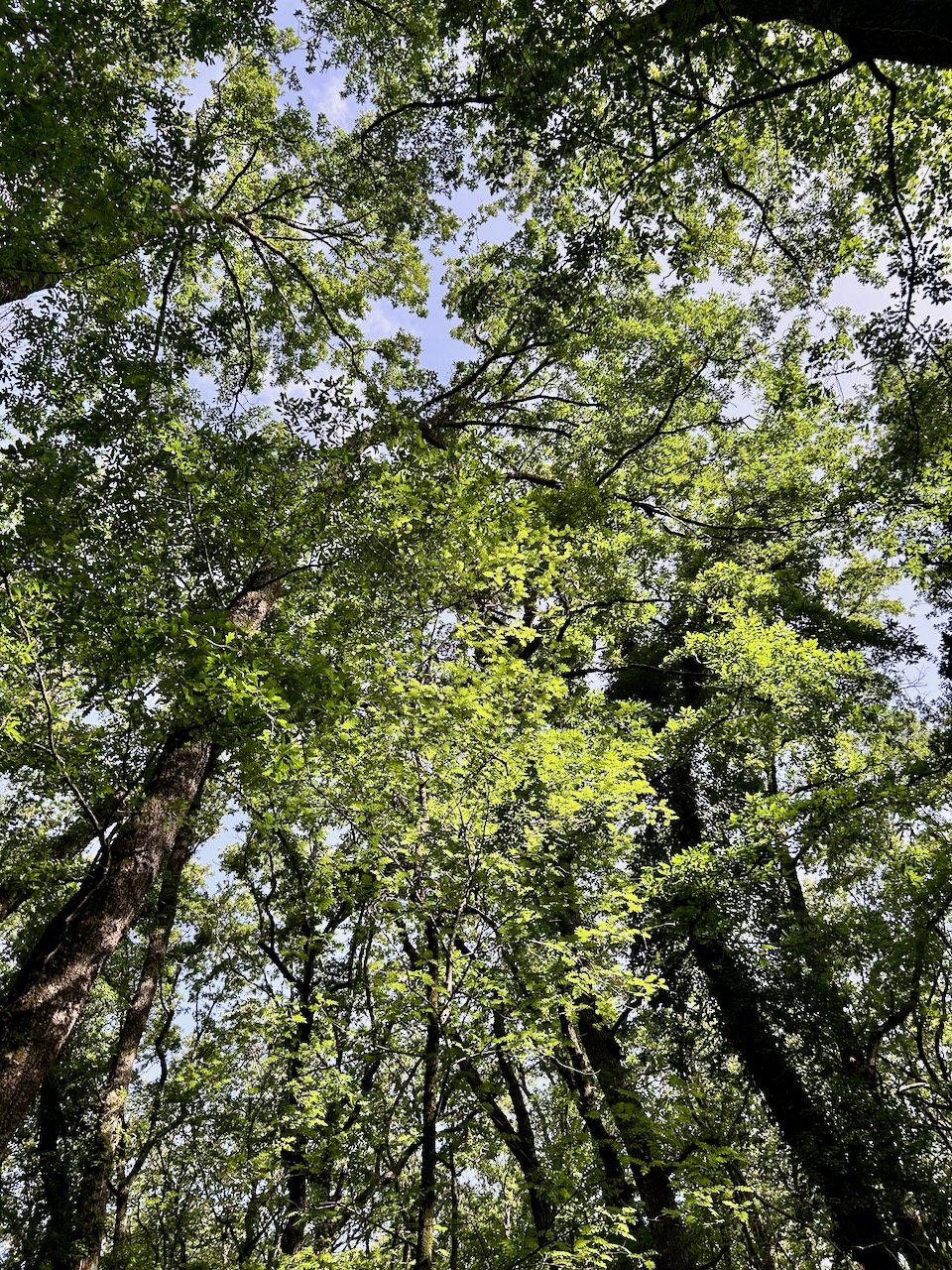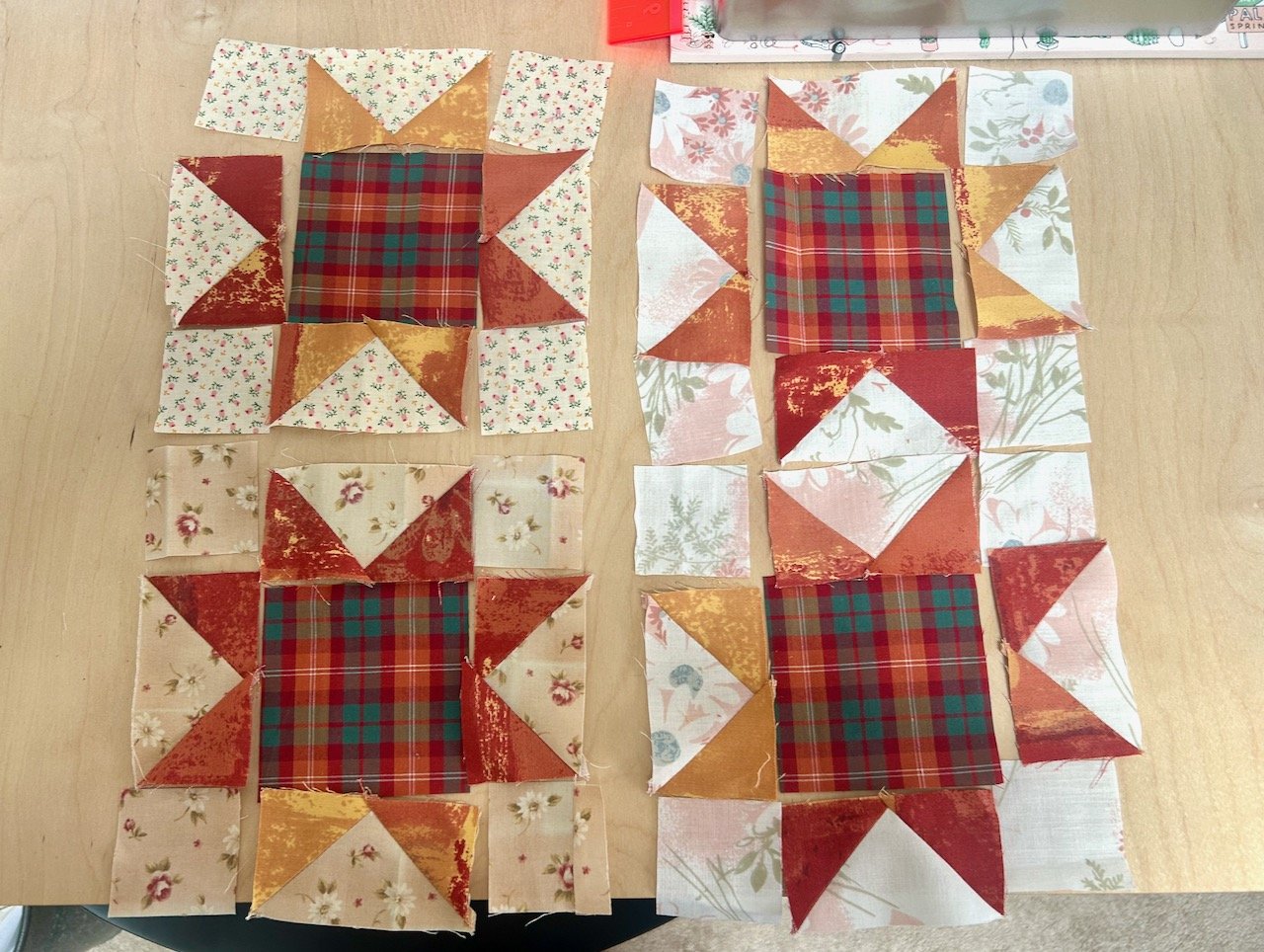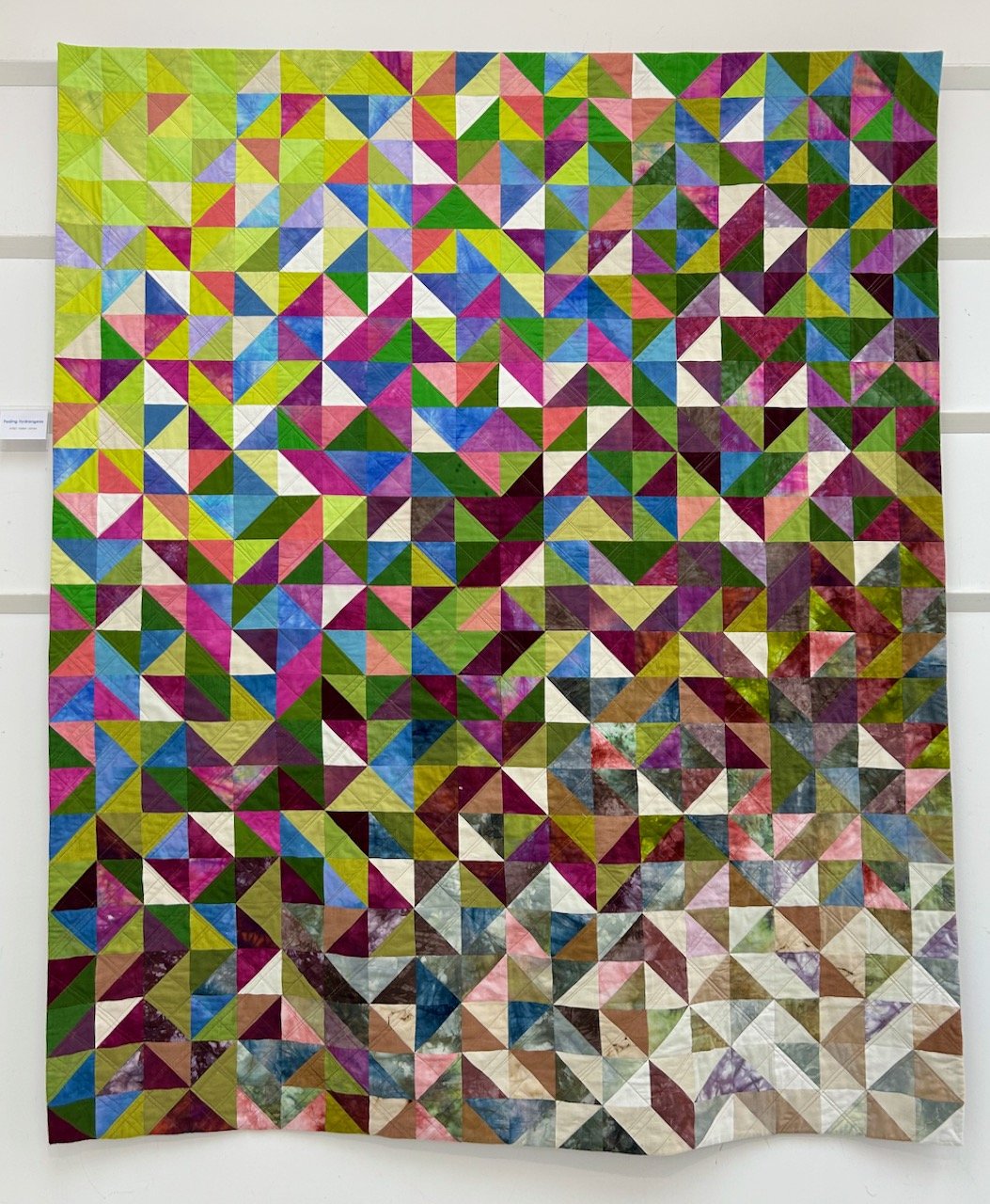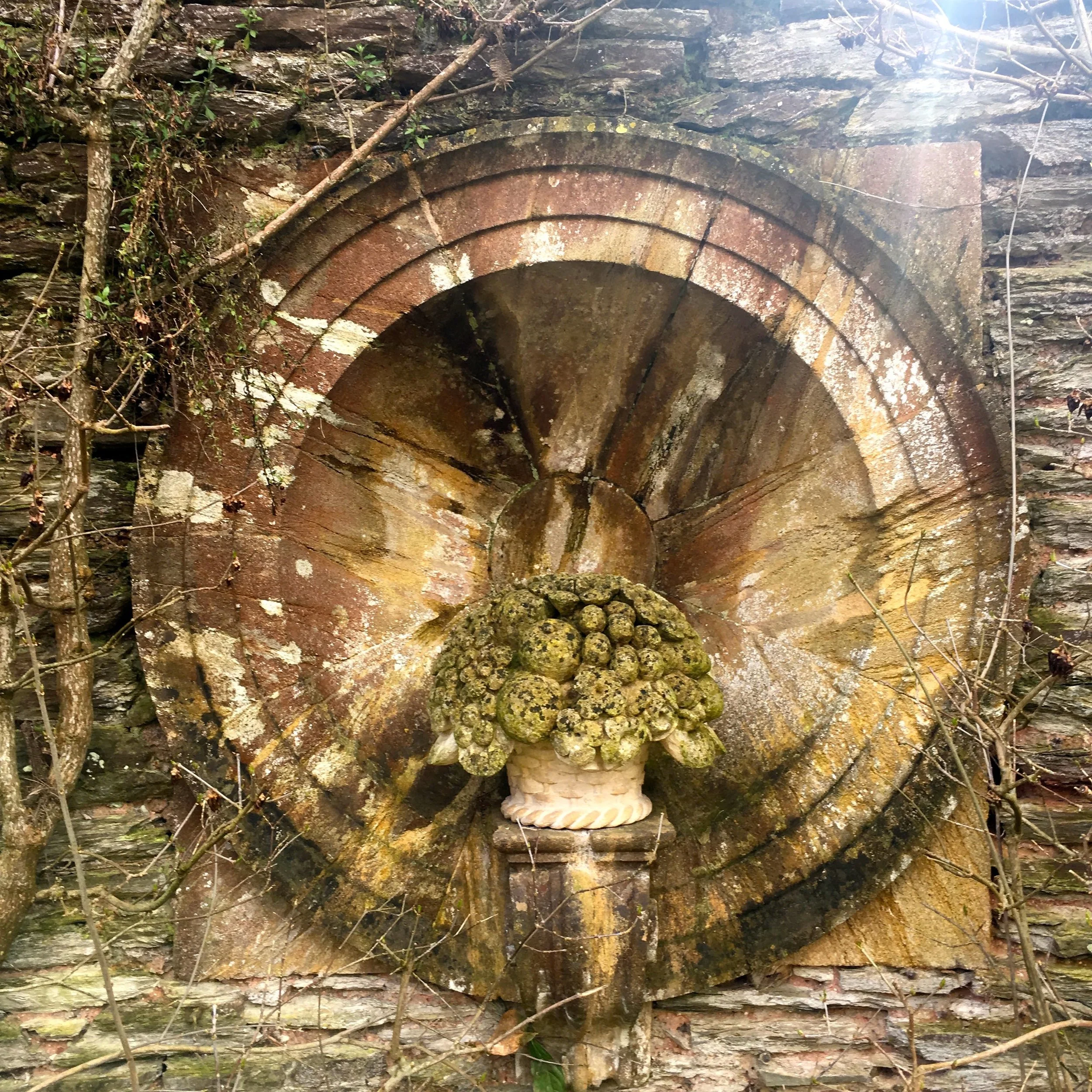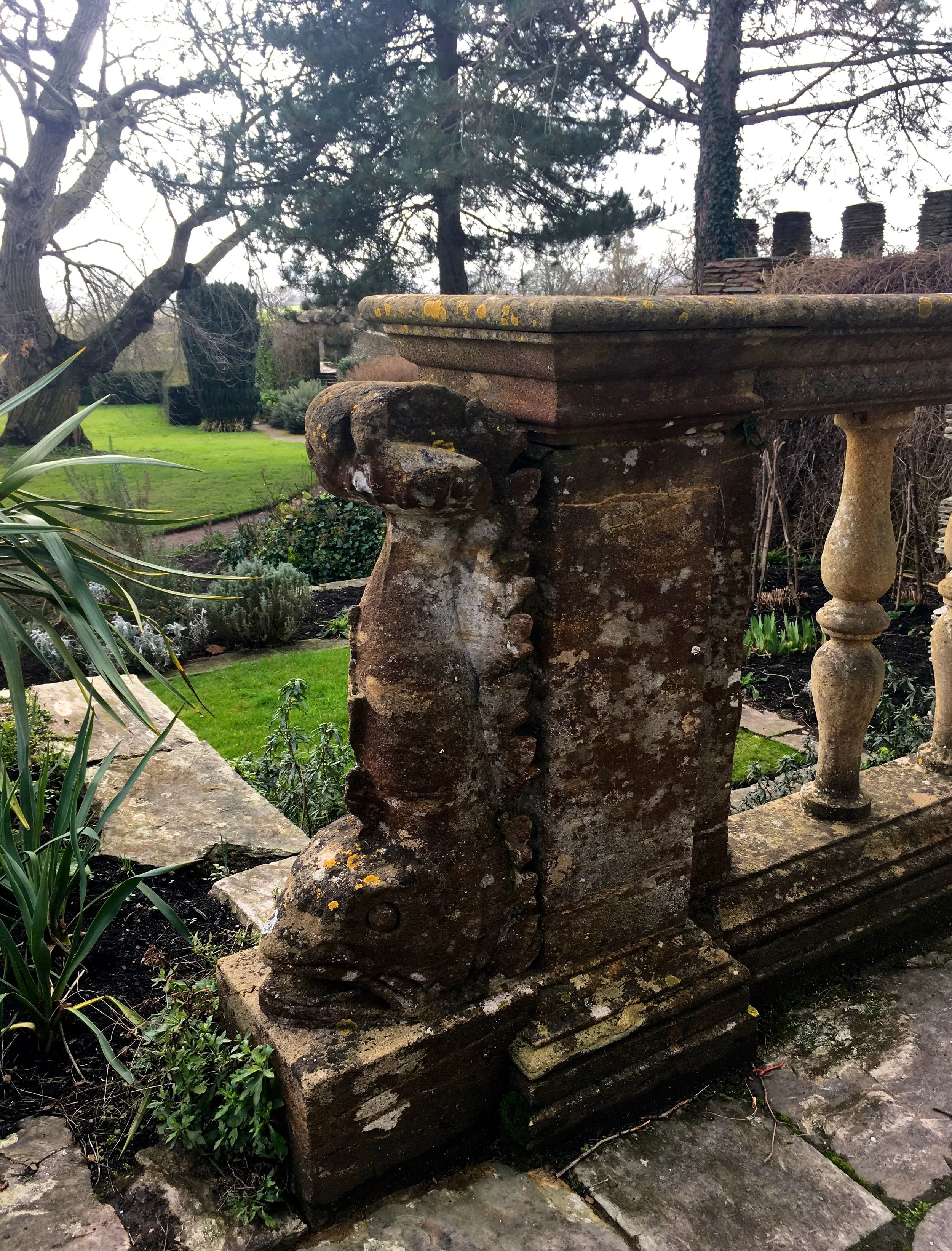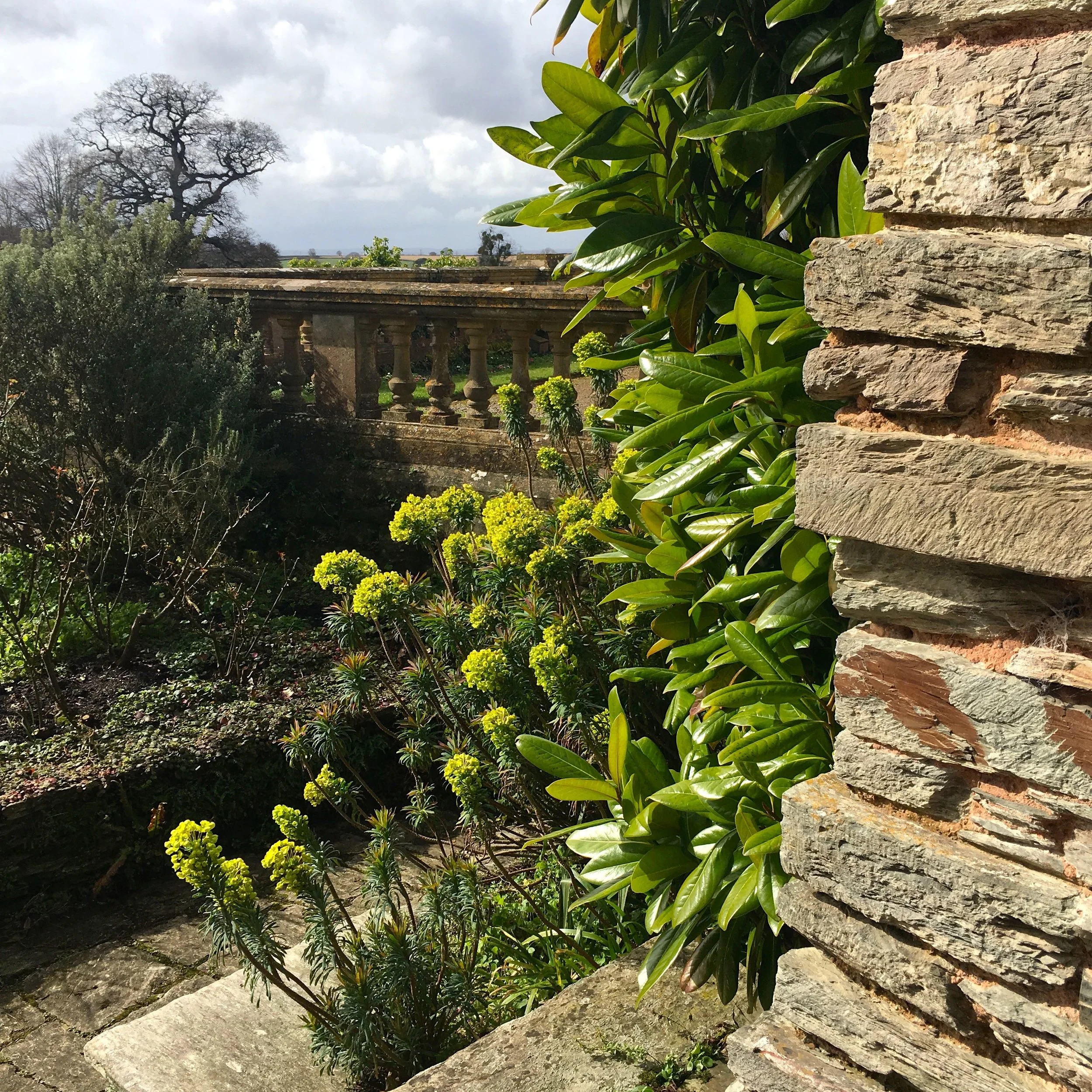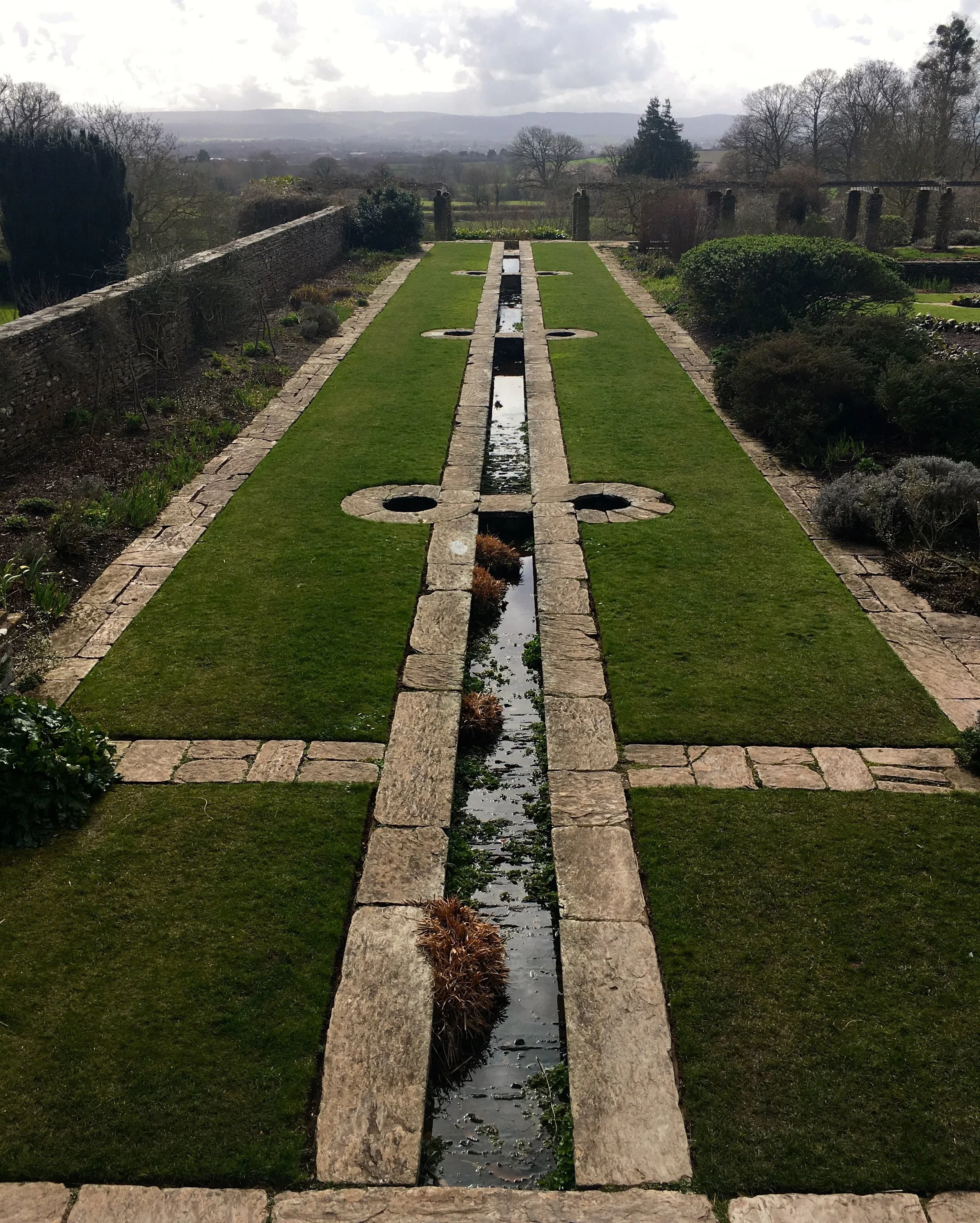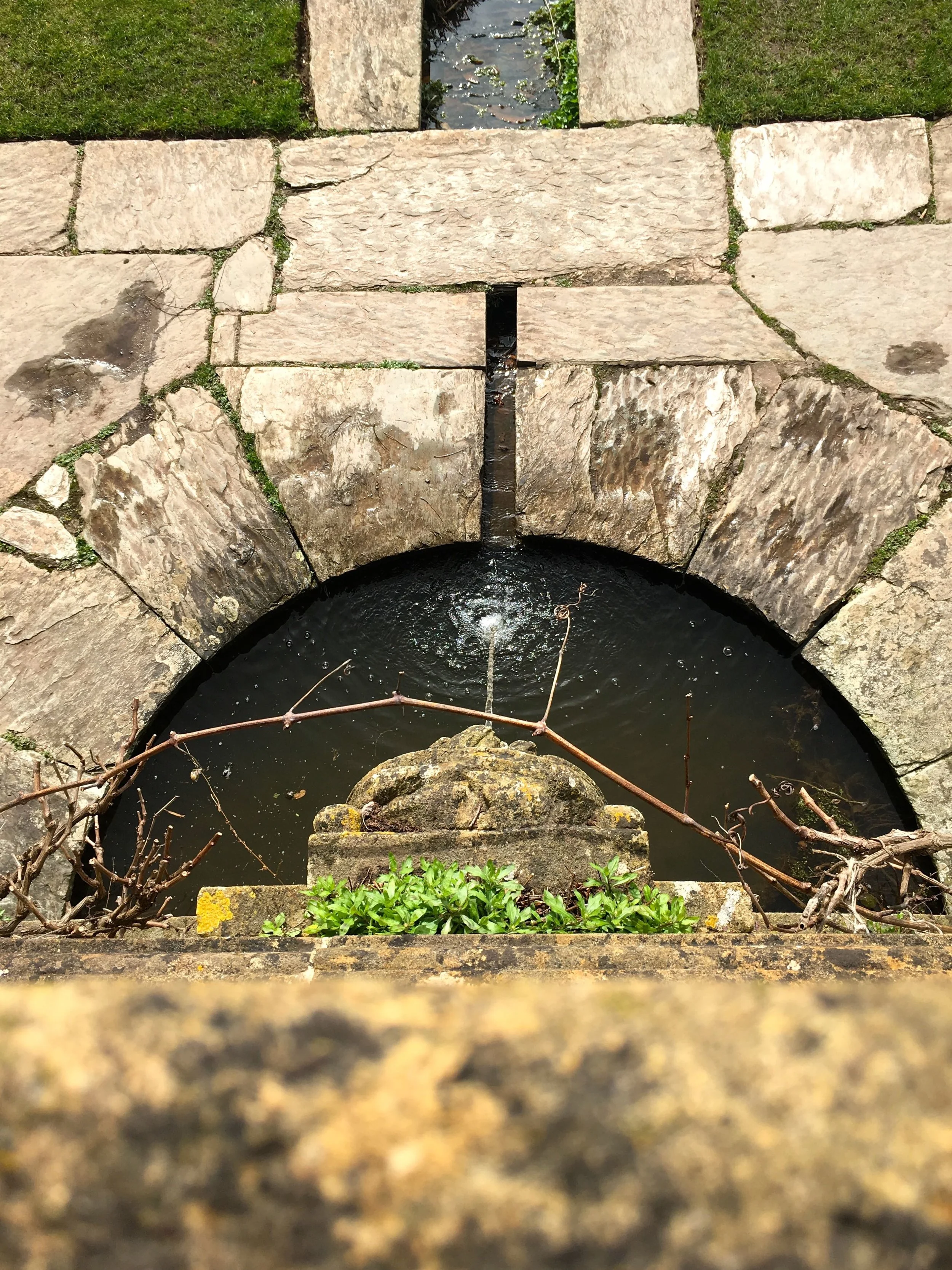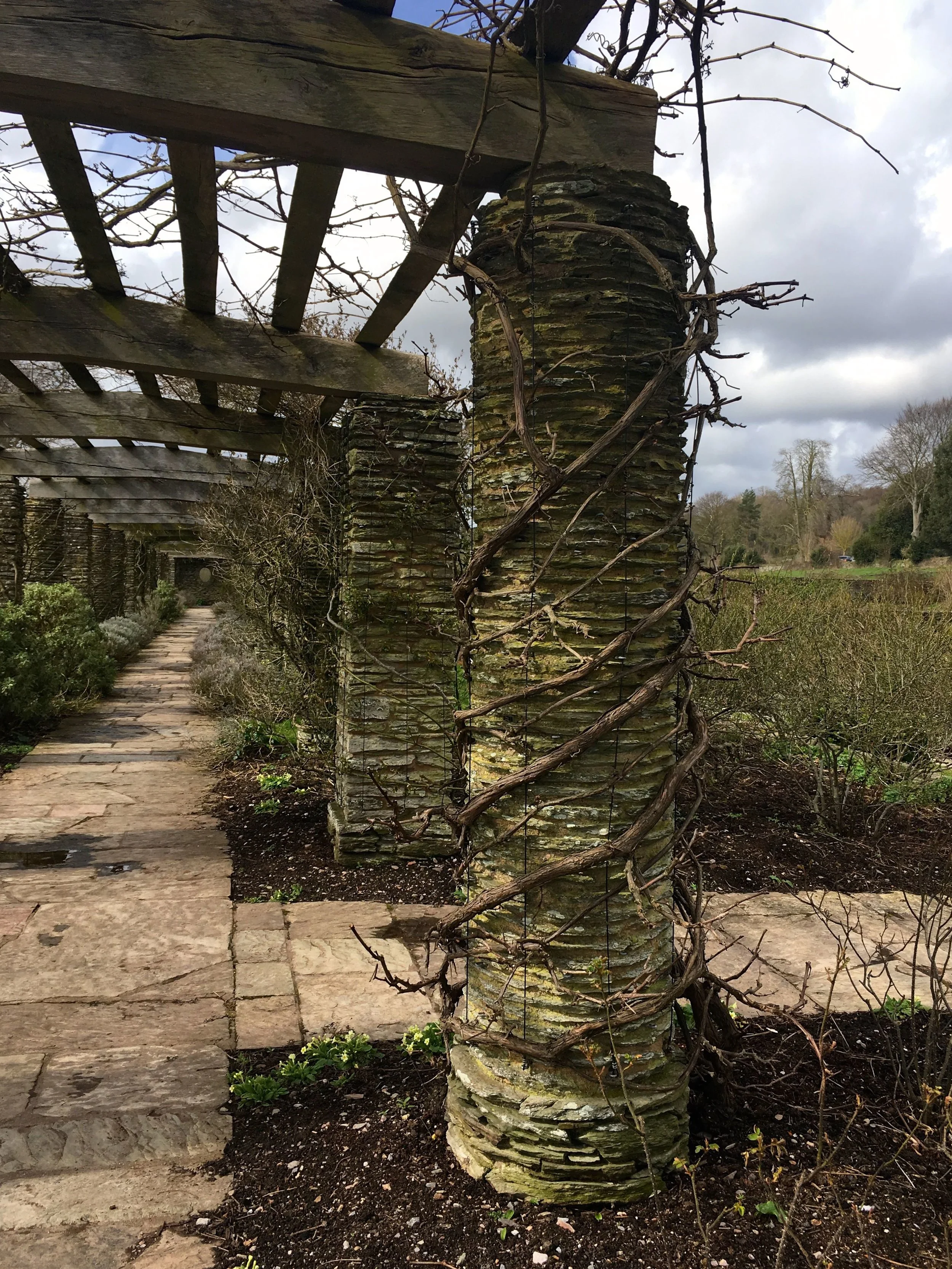It's about time I shared some of the photos from our trip to Hestercombe back in March. It's a garden that's been on my "to visit" list for a while, and had even got close to once before but only making it as far as the cafe after being caught in traffic unexpectedly. Determined not to miss out again, our visit here was pencilled in for the day after our stop at the Bower Inn, so this time I was sure we'd make it into the garden.
And despite the moody photo below, the weather spoiled us. We were walking around the garden carrying our coats it was so warm, but little did we know that later that day we'd be dodging the hailstones at Castle Drogo. Given the weather we've had more recently, I'm sure you can believe that.
THE SYMMETRICAL VIEW FROM THE VICTORIAN TERRACE
The moody photo above is fully of symmetry isn't it, and the silhouettes of the statues against the sky, along with the reflections in the pool make it one of my favourite photos from our visit. Throughout the gardens there was much to explore, and like the best gardens and the best gardening advice, almost at every turn there was something new to discover.
Encircling the pool was this stone wall that also housed the more formal nooks, whose weathering added to the whole effect.
It was the sort of garden that while formal, also was a haven for lichen, and lichen lovers like me. I was shuffled along by MOH after taking many photos, most likely all very similar, and all equally as lovely...
LOOK AT THAT LICHEN...
The plants, especially the cheery euphorbias, seemed to be enjoying the sun as much as we were. Seeing them here and in other formal gardens is I hope, helping see their versatility.
EUPHORBIAS ENJOYING SOME SUN
Beyond the pool, there was a view down to the pergola. And as you'd expect there was another of these on the right-hand side of the garden.
I couldn't help but peer over the wall to the fountain below, until MOH pointed out the sign which asked people to avoid leaning over the wall. Oops. Hoping the sign was there for safety and not because the wall was fragile, I still took a quick step back.
Adding these photos to this post also made me smile at the memory, but also because quite unintentionally I've managed to line the flagstones up. If only it was planned...
The last part of the formal garden I'm going to share is the pergola, the plants had yet to spring into life, but that did mean it was easy to see the structure.
The pillars were something else, and not the usual wooden structures, but more of the stonework in circular columns as well as the alternate square columns. Take a closer look at the photo above, it's a small detail that many might miss, and I'm sure there's some significance, but I've no idea what.
There's plenty more gardens to share from Hestercombe and I plan to do that intermingled (I love that word) with the other gardens we've visited and all the other posts I have planned.

